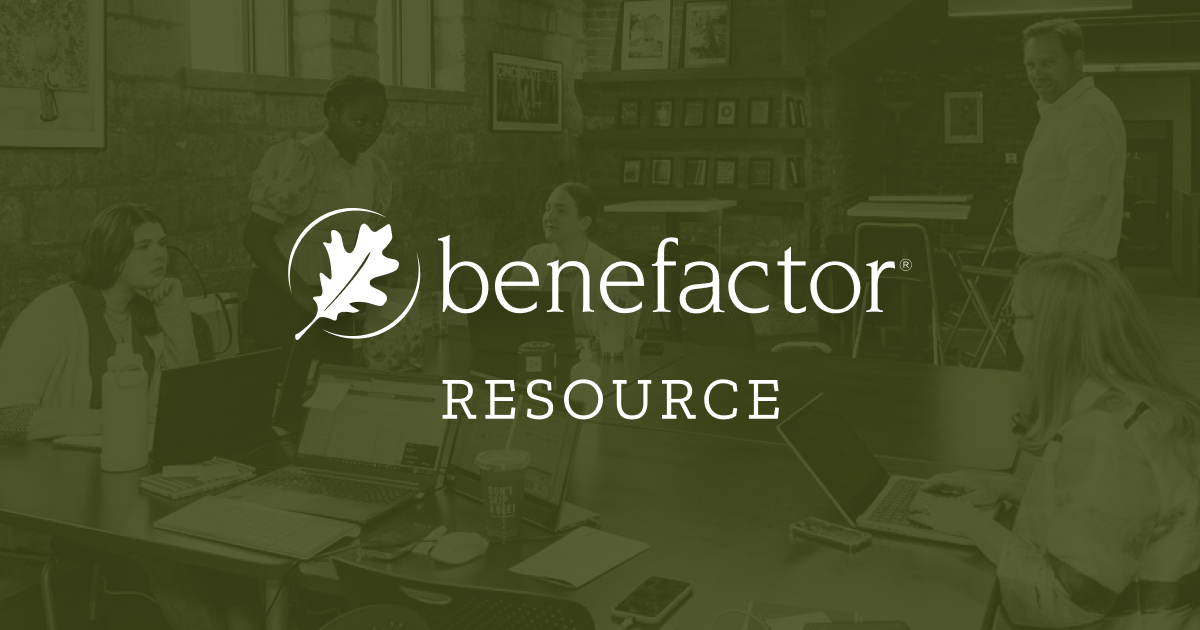Why a development assessment and plan?
Conducting a development assessment and creating a development plan positions you to raise more money to support your mission, more efficiently. By analyzing all aspects of your fundraising program, we understand your organization’s current situation, identify your potential, define your goals, and create a plan to achieve them.
We structure our assessments by asking—and answering—four key questions:
- Who are you now?
- Who could you be?
- Who will you be?
- How will you get there?
Our comprehensive assessment involves qualitative and quantitative analysis and uncovers your philanthropic potential. From there, we craft a development plan with actionable recommendations to strengthen your fundraising program and grow your revenue.
What is contained in a development plan?
Implementing recommendations in the development plan will produce near- and long-term results for your organization. Knowing that investments in operational and cultural work take time, our approach is generally to deliver a three-year plan which includes:
- revenue model – multi-year fundraising growth goals
- donor engagement and communication strategies to achieve the growth goals
- staff and volunteer structure and responsibilities
- training for board and staff, as needed
- operational recommendations – policies, processes, and technology
How much time does it take?
Development offices vary in maturity—some are one-person operations with a modest development program, while others have multiple development professionals and sophisticated fundraising programs. Typically, the assessment takes four to six months, from the initial orientation meeting to delivery of the plan.
How much can we expect to pay?
The fees vary based on the client’s goals, the sophistication of existing fundraising programs, and the scope of work. Most development assessments and plans are $40,000 to $75,000.
Benefactor Group would be happy to discuss your goals and help you determine whether a development assessment and plan is appropriate for your organization. Reach out to Abby Shue, Senior Consultant, [email protected] or 502.643.2088 to begin the conversation.





